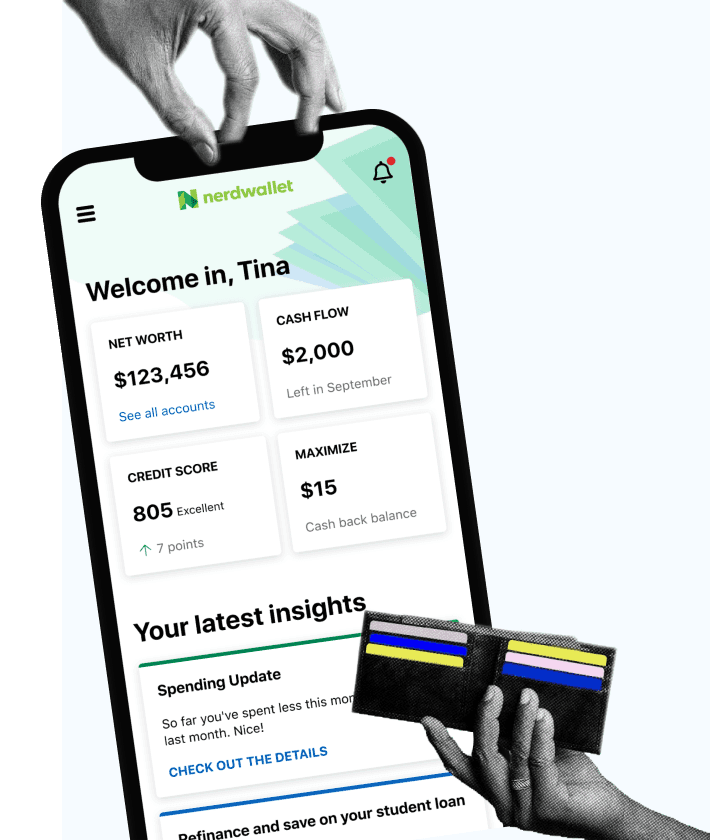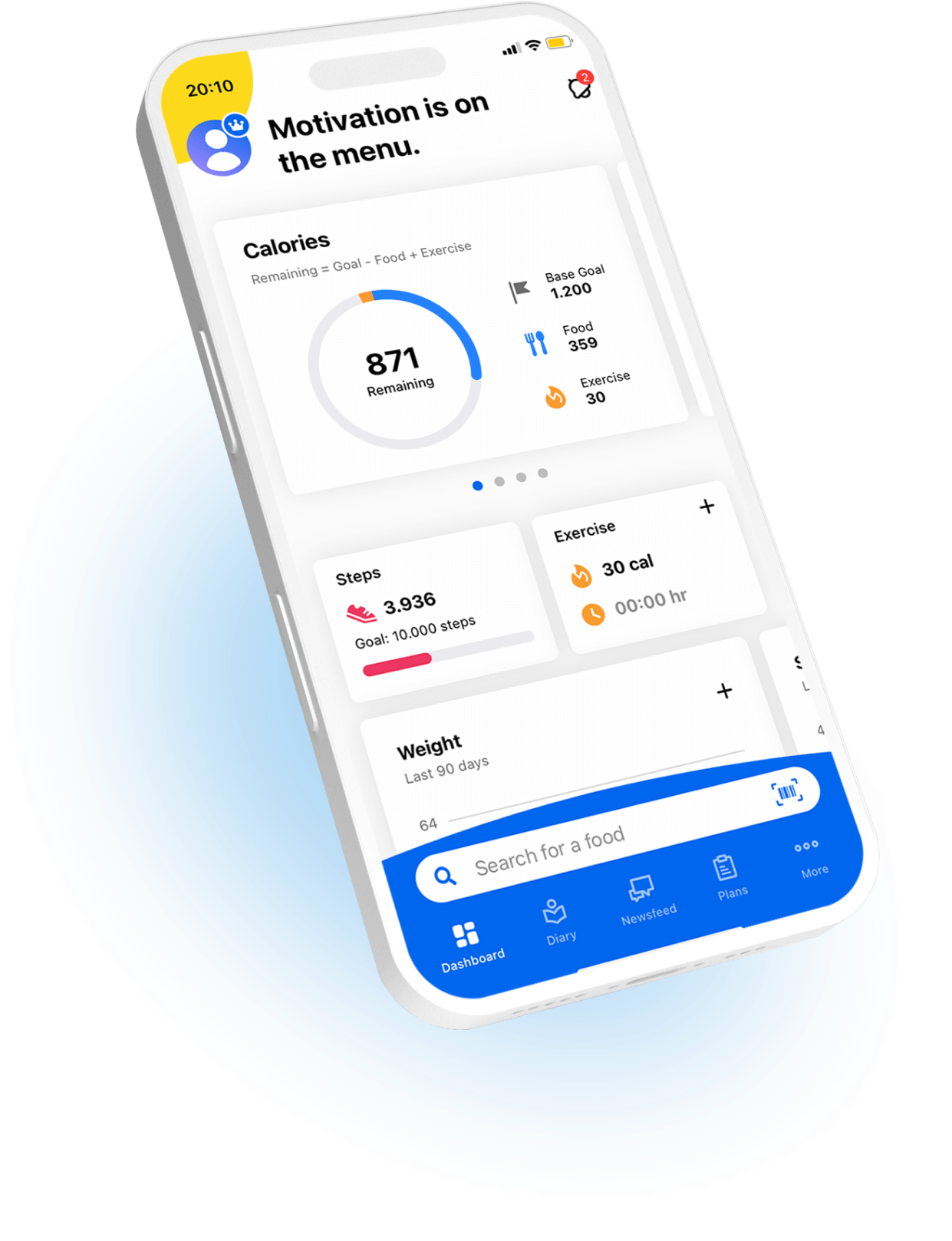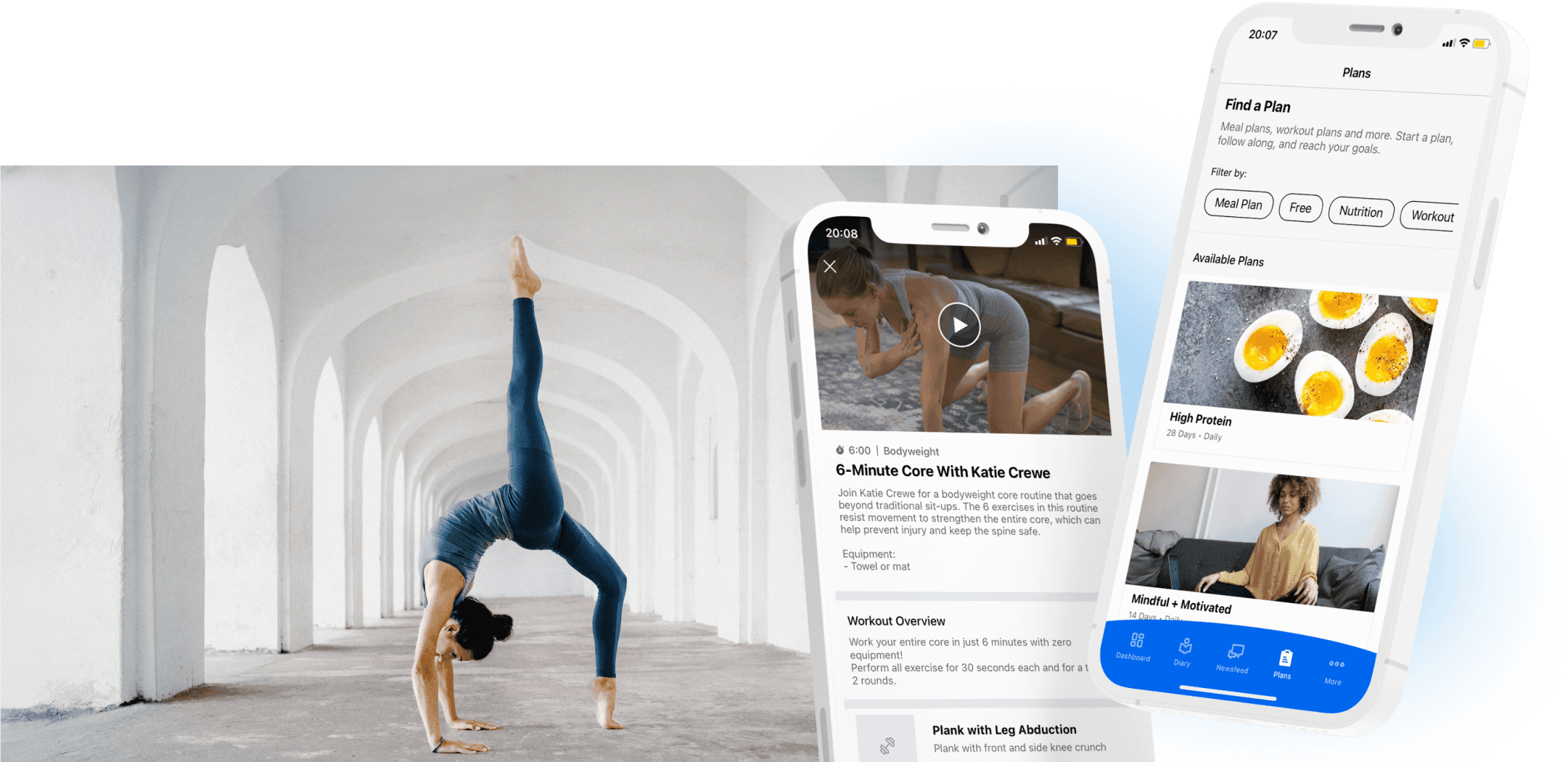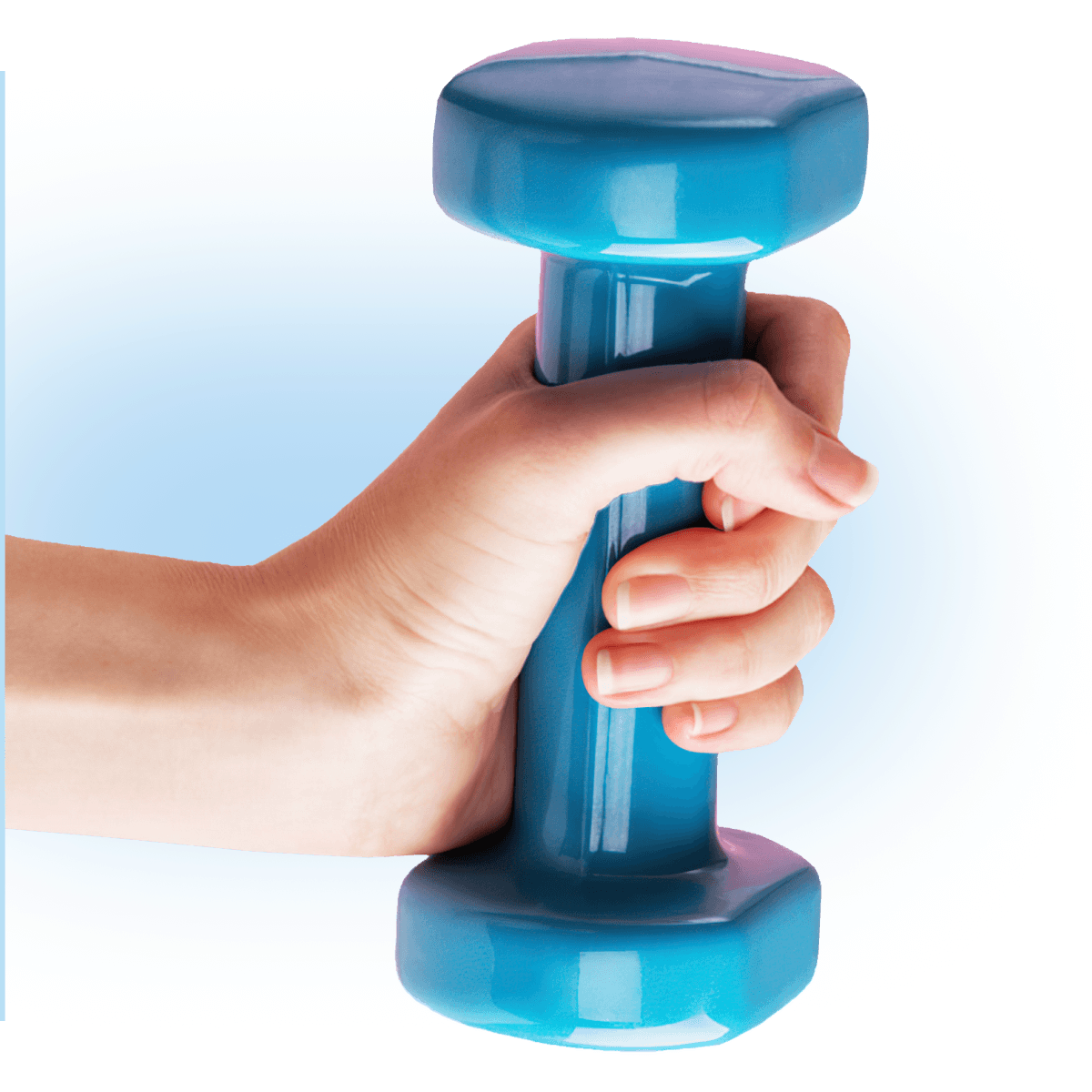

How Solvd set up a QA and Test automation Infrastructure for MyFitnessPal
MyFitnessPal is a popular health and fitness app that allows users to track their exercise, nutrition, and overall wellness.
As of 2023, the app had over 200 million registered users worldwide, making it one of the most widely used fitness apps on the market today.
Visit the website

What MyFitnessPal Said
We really appreciated the opportunity to work with a partner that helped us to get up to speed very quickly and allowed us to continue to grow our team for the long-term. It seemed very clear that our cooperation was less about billable hours and more about outcomes and results.

Vice President of Product Engineering at MyFitnessPal


Project Goals
- Build a robust Test Automation infrastructure for the app
- Create Automation Tests and keep them maintained in order to ensure accurate and reliable results
- Implement an efficient QA process that can keep up with the short release iterations and fast release cycle of the app
- Improve overall app quality by catching and fixing bugs earlier in the development process through automation
- Reduce manual testing efforts and increase the testing coverage with automation
- Enable faster and more frequent releases of the app while maintaining high quality standards
Outsoursing
Since 2012
25 QA Engineers
Business Needs
- Ensure high-quality standards for the app to meet customer expectations and satisfaction
- Reduce time-to-market for new features and updates
- Improve team efficiency and productivity by streamlining the testing process
- Minimize the risk of software defects and ensure a stable, reliable app performance
- Achieve a competitive edge by delivering a superior quality app to the market

How we Solved these problems…
- A large user base (200M+) requires special handling and care to maintain integrity
To cope with high levels of risks we’ve built a custom QA process called Continuous QA, based on industry best practices, CI methodology and development lifecycle specifics. This has already helped us to reduce average QA costs by 35% without sacrificing quality levels - The number of regression tests required is continuously growing with each new update release
We’ve introduced Carina, a mobile test automation framework, which was developed in our labs. Among the core benefits here is 80% of the code is reused between IOS and Android automated test cases — which dramatically boosts the development speed of automated tests - It’s very expensive and time-consuming to test many different mobile devices individually
We provided a Mobile testing cloud, which lets the company run the cases 24/7 on 30 mobile devices in the multithreaded grid. This solution includes both software and hardware layers. It provides the complete infrastructure that’s required to execute the automated tests - Worldwide coverage in many different languages (WEB – 15, Mobile – 20)
We scaled the QA to fully support international locales. Starting with manual acceptance we transformed it into a fully automated testing sequence
Culturewise, I find them to be fantastic. There is really a lot of like mindedness, delivering for the customers and for the users, and getting things done. I definitely appreciated working with Solvd and look forward to continuing our partnership in the future.

Vice President of Product Engineering at MyFitnessPal
Technologies and Tools
Results
Within a year the MyFitnessPal brand became an undeniable force in the fiercely competitive fitness app market. Since 2012 our team has been engaged in their projects and we built a complete QA department from scratch. Solvd’s engineers were focused on implementing a proper QA process for short release iterations and a fast release cycle.
We created an automated environment for Mobile, WEB, API testing and we supported it with fully automated regression tests. Also, our manual testers scaled up the local team, which positively affected the overall production performance.

Our Manual QA & test layers covered the following
- Functional logic of the mobile app and the web version
- UI elements across various screen resolutions
- Mobile-specific testing: interruptions, gestures, network loss, back button, etc.
- Identification of crashes and major memory leaks
- Application performance and responsiveness under various usage conditions
- Localization and UI adjustments across 20 languages
The team at MyFitnessPal was professional, responsive, and always a joy to work with. From the outset, they communicated their needs and expectations clearly, and they were always available to answer any questions or provide feedback promptly. What impressed me the most was their attention to detail and their dedication to ensuring that the project was executed flawlessly.
Their willingness to collaborate and work together to find solutions made the project a success. I would wholeheartedly recommend MyFitnessPal to anyone looking for a reliable, professional, and results-driven partner

Head of Account Management
